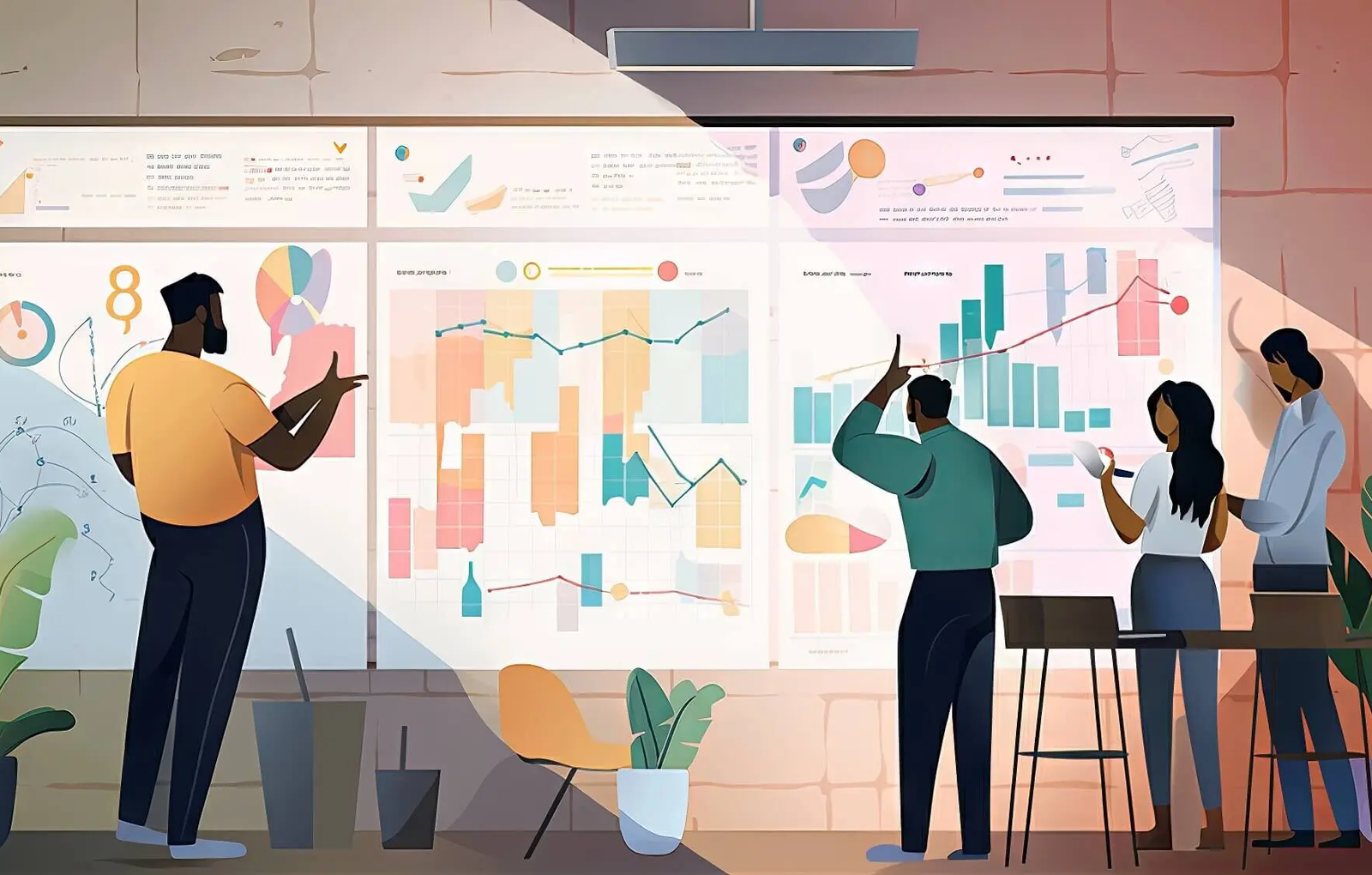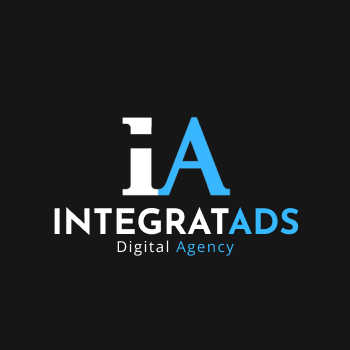
Factors that Impact the CPC and How to Bring It Down?
- Ads
- CPC
- Marketing
Cost Per Click (CPC) is a crucial metric in digital marketing and impacts the efficiency of online advertising campaigns. Understanding the factors that affect CPC and applying strategies to reduce them can significantly improve campaign performance and ROI. This blog explores the key elements influencing CPC and provides practical tips for lowering costs effectively.
Understanding Cost Per Click (CPC):
CPC is the amount you pay each time a user clicks on your ad. In PPC advertising, optimizing CPC is crucial for maximizing engagement and conversions while managing costs. A well-crafted CPC strategy drives traffic and targets users likely to convert, keeping expenses under control.
Factors that Influence CPC:
Industry and Competition
CPC rates vary by industry and competition. Highly
competitive fields, such as legal services, insurance, and
finance, often have higher CPCs due to many advertisers
bidding on the exact keywords.
Example:The
average CPC in the legal sector may be significantly
higher than in the hospitality industry due to intense
bidding and more excellent value per conversion.
Quality Score:
Google Ads uses Quality Score to gauge the relevance and
quality of your ads and keywords. It includes:
- Ad Relevance:
How well your ad matches user search intent.
- Landing Page Experience:
The usability and relevance of your landing page.
- Click-Through Rate (CTR):
The rate at which users click your ad after seeing it. A
higher quality score can reduce CPC by signalling to
Google that your ad provides value to users.

Ad Targeting and Placement:
Targeting settings affect CPC. Ads aimed at high-income regions or specific demographics may cost more. Additionally, ad placement across various platforms and devices can vary in cost due to different audience engagement levels.
Ad Content and Creativity:
Engaging and creative content can enhance click-through rates and reduce CPC. Ads that capture attention are likelier to be clicked, improving performance and lowering costs over time.
Seasonality and Timing:
CPC can vary with time, day of the week, and season. By understanding these patterns, you can schedule your ad campaigns when CPC is typically lower, but engagement potential is high.
Strategies to Reduce CPC:
Improving Quality Score:
Enhance your Quality Score by focusing on:
- Optimize Ad Relevance:
Ensure your ads closely match targeted search queries.
- Enhance Landing Page Quality:
Improve your landing pages' relevance and user experience.
- Conduct A/B Testing:
Regularly test different ad elements to boost CTR and
optimize performance.
Keyword Optimization:
Effective keyword management helps keep CPC low:
- Use Long-Tail Keywords:
These are often less competitive and more specific,
leading to lower costs and higher conversions.
- Implement Negative Keywords:
Add non-converting terms as negative keywords to filter
out irrelevant traffic.
Smart Bidding and Budget Allocation:
Leverage Google's Smart Bidding strategies to manage costs
and optimize for conversions:
- Target CPA:
Sets bids to maximize conversions at your target
cost-per-acquisition.
- Enhanced CPC:
Adjusts manual bids to increase conversions, potentially
lowering overall CPC.
Ad Scheduling and Geo-targeting:
- Ad Scheduling:
Run ads during peak hours or days when CPC is lower and
audience engagement is high.
- Geo-targeting:
Focus on specific locations where your advertising dollars
go further.
Continuous Monitoring and Analytics:
Regularly analyze campaign performance to identify cost-cutting opportunities. Use analytics tools to track ad performance and refine strategies accordingly.
Conclusion:
Understanding and applying strategies to reduce CPC influences can enhance PPC advertising efficiency. Continuous optimization and adaptation to the evolving digital landscape are essential for maintaining competitive ad campaigns.FAQ's
-
What makes CPC high?
Several factors can drive up CPC:
1. High Industry Competition:
More competitors bidding on the exact keywords can raise costs.
2. Keyword Demand:
High-demand keywords cost more due to increased bidding.
3. Low-Quality Score:
A low-quality score caused by poor ad relevance, landing page experience, or CTR can increase CPC.
4. Targeting Broad Markets:
Large, general audiences or high-income areas can increase costs.
5. Seasonal Trends:
CPC often rises during peak times or seasons as competition intensifies. -
How do I increase my max CPC?
To increase your maximum CPC:
1. Adjust Bid Settings:
Increase the maximum bid amount in your ad platform's campaign settings.
2. Evaluate Performance:
Review campaign performance regularly. Raise the max CPC for high-performing keywords or ads to capture more traffic.
3. Use Bid Adjustments:
Apply bid adjustments for demographics, devices, or locations that perform well to allocate more budget to these areas. -
How to get better CPC?
To achieve a lower CPC:
1. Improve Your Quality Score:
Optimize ads and landing pages for relevance and quality. Enhance your CTR with compelling ad copy.
2. Use More Specific Keywords:
Employ long-tail keywords that are less competitive but relevant to your audience.
3. Add Negative Keywords:
Regularly update your negative keyword list to avoid wasting your budget on irrelevant traffic.
4. Optimize Ad Scheduling:
Run ads when your audience is active but competition is low.
5. Refine Your Targeting:
Focus on the most profitable audience segments to reduce wasted impressions and clicks. -
How to calculate CPC?
CPC can be calculated using a simple formula:
CPC = Total Cost of Your Ad Campaign / Number of Clicks
This formula provides the average cost per click, aiding in budgeting and assessing the efficiency of your advertising spend.
-
What does CPC stand for?
CPC stands for "Cost Per Click." It is a billing model in digital advertising where advertisers pay each time a user clicks on their ad. This model is standard in search engine and social media advertising, where direct engagement is measurable.
